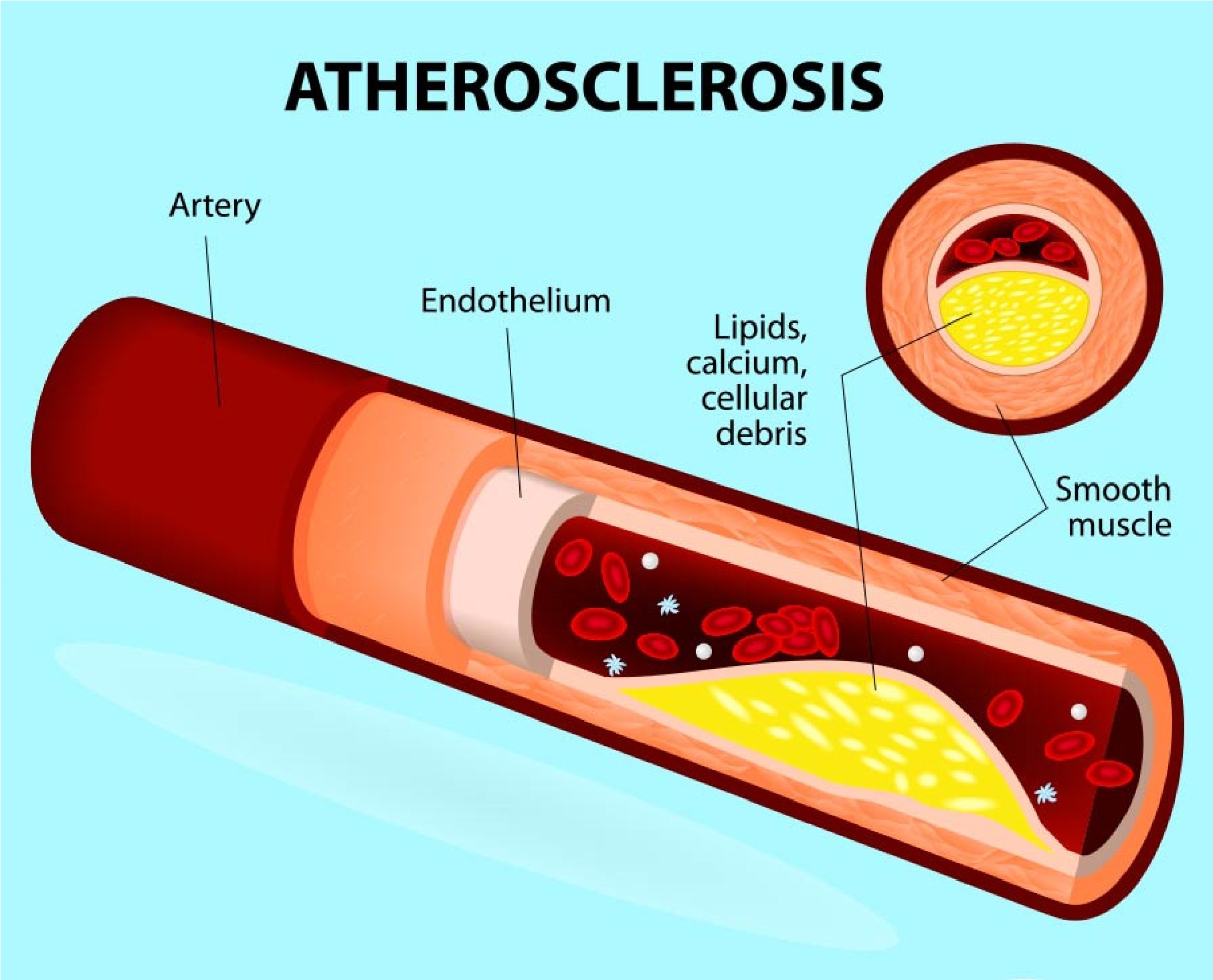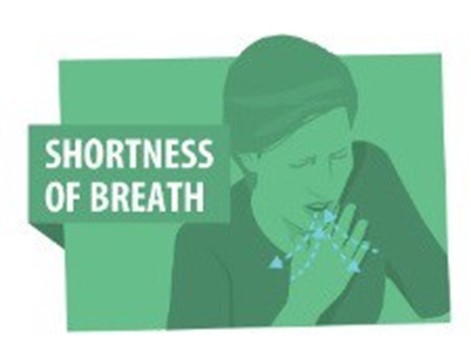Nurse takes an adult patients blood pressure and determines it to be normal. What reading did the nurse obtain
Systolic pressure between 140 mmHg and 150 mmHg
Systolic pressure less than 120 mmHg and diastolic pressure less than 80 mmHg
Systolic pressure less than 100 mmHg regardless of diastolic pressure
Systolic pressure greater than 140 mmHg and a diastolic pressure of 100 mmHg
The Correct Answer is B
The correct answer is B. Systolic pressure less than 120 mmHg and diastolic pressure less than 80 mmHg is considered normal blood pressure in adults according to current guidelines. A systolic pressure between 140-150 mmHg (option A) would be classified as stage 1 hypertension, while a systolic pressure greater than 140 mmHg and diastolic pressure of 100 mmHg (option D) would be classified as stage 2 hypertension. A systolic pressure less than 100 mmHg regardless of diastolic pressure (option C) would be considered low blood pressure.
Nursing Test Bank
Naxlex Comprehensive Predictor Exams
Related Questions
Correct Answer is C
Explanation

Atherosclerosis is a condition where the walls of the arteries become thick and hard due to the accumulation of fatty deposits, cholesterol, and other substances. Over time, these deposits can build up and narrow the arteries, reducing blood flow to the heart muscle. This can lead to the development of coronary artery disease, which is a condition where the heart muscle does not get enough oxygen and nutrients to function properly. The narrowing of the arteries can also increase the risk of blood clots, which can lead to a heart attack or stroke.
Myocarditis is an inflammation of the heart muscle, usually caused by a viral infection, and is not the most common cause of coronary artery disease.
Hypoglycemia is a condition where the blood sugar level is too low, and it is not directly related to the development of coronary artery disease.
Vasospasm is a sudden constriction of a blood vessel, which can lead to reduced blood flow and tissue damage. It can contribute to the development of coronary artery disease, but it is not the most common cause.
Correct Answer is A
Explanation

Dyspnea is a term used to describe difficulty breathing or shortness of breath. It is a subjective symptom and can be experienced differently by different people. Common signs and symptoms of dyspnea include feeling short of breath, chest tightness, rapid breathing, wheezing, coughing, and a feeling of suffocation. The work of breathing may be increased, and accessory muscles may be used to help with breathing. Exercise may worsen symptoms of dyspnea in some individuals, while in others, it may improve symptoms.
Whether you are a student looking to ace your exams or a practicing nurse seeking to enhance your expertise , our nursing education contents will empower you with the confidence and competence to make a difference in the lives of patients and become a respected leader in the healthcare field.
Visit Naxlex, invest in your future and unlock endless possibilities with our unparalleled nursing education contents today
Report Wrong Answer on the Current Question
Do you disagree with the answer? If yes, what is your expected answer? Explain.
Kindly be descriptive with the issue you are facing.
